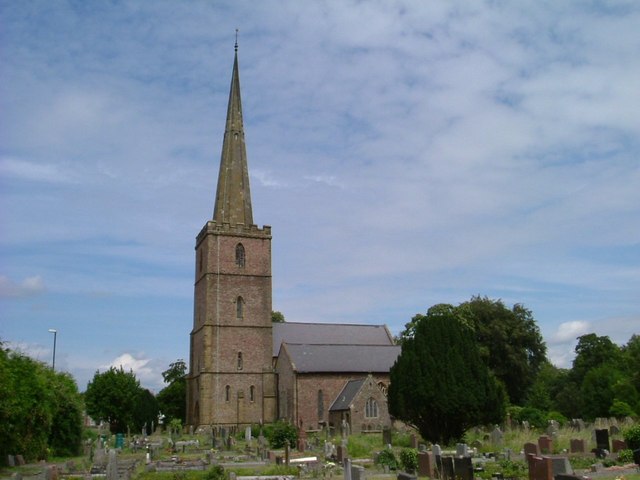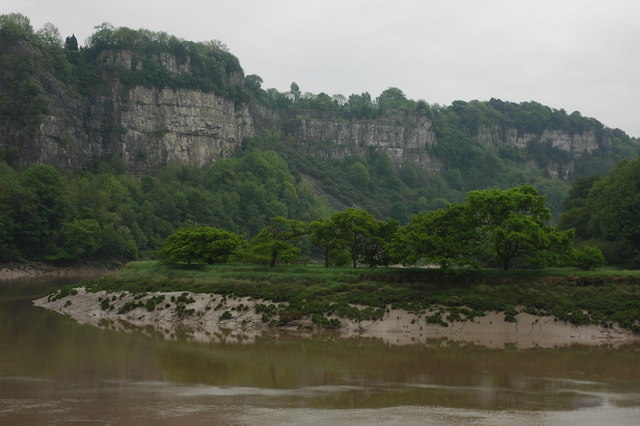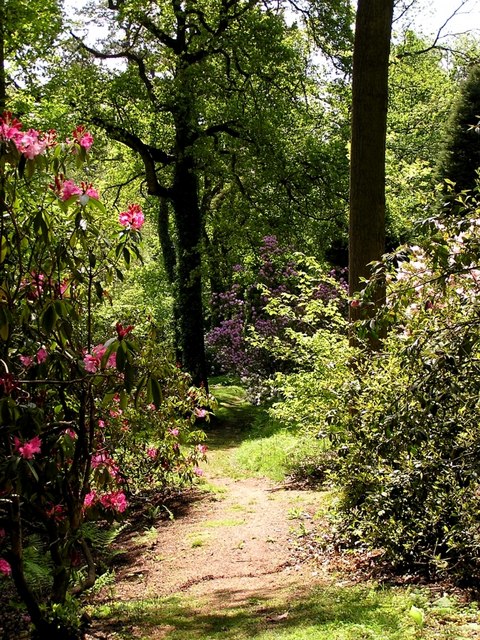|
White Cross Manor
White Cross Manor was the manor house in Lydney, Gloucestershire, England, of the Wynter family. It was burnt to the ground in April 1645 on the orders of Sir John Wynter to avoid it being taken over by the Parliamentarians during the English Civil War The English Civil War (1642–1651) was a series of civil wars and political machinations between Parliamentarians (" Roundheads") and Royalists led by Charles I ("Cavaliers"), mainly over the manner of England's governance and issues of re .... White Cross Manor was where Edward Swarthye, a Black man, is recorded as whipping John Guye. Another manor house, Lydney House, was later built at the other end of its grounds. References Manor houses in England Buildings and structures demolished in the 17th century Houses in Gloucestershire {{Gloucestershire-struct-stub ... [...More Info...] [...Related Items...] OR: [Wikipedia] [Google] [Baidu] |
Manor House
A manor house was historically the main residence of the lord of the manor. The house formed the administrative centre of a manor in the European feudal system; within its great hall were held the lord's manorial courts, communal meals with manorial tenants and great banquets. The term is today loosely applied to various country houses, frequently dating from the Late Middle Ages, which formerly housed the landed gentry. Manor houses were sometimes fortified, albeit not as fortified as castles, and were intended more for show than for defencibility. They existed in most European countries where feudalism was present. Function The lord of the manor may have held several properties within a county or, for example in the case of a feudal baron, spread across a kingdom, which he occupied only on occasional visits. Even so, the business of the manor was directed and controlled by regular manorial courts, which appointed manorial officials such as the bailiff, granted ... [...More Info...] [...Related Items...] OR: [Wikipedia] [Google] [Baidu] |
Lydney
Lydney is a town and civil parish in Gloucestershire, England. It is on the west bank of the River Severn in the Forest of Dean District, and is 16 miles (25 km) southwest of Gloucester. The town has been bypassed by the A48 road since 1995. The population was about 8,960 in the 2001 census, reducing to 8,766 at the 2011 census. Increasing to 10,043 at the 2021 Census. Lydney has a harbour on the Severn, created when the Lydney Canal was built. Adjoining the town, Lydney Park gardens have a Roman temple dedicated to Nodens. Etymology According to Cook (1906) the toponym "Lydney" derives from the Old English *''Lydan-eġ'', "Lludd's Island", which could connect it with the name Nudd/Nodens. However, alternative etymologies of Lydney are offered in other sources. A. D. Mills suggests "island or river-meadow of the sailor, or of a man named *Lida", citing the forms "Lideneg" from c. 853 and "Ledenei" from the 1086 Domesday Book. History In the Iron Age a promontory fort w ... [...More Info...] [...Related Items...] OR: [Wikipedia] [Google] [Baidu] |
Gloucestershire
Gloucestershire ( abbreviated Glos) is a county in South West England. The county comprises part of the Cotswold Hills, part of the flat fertile valley of the River Severn and the entire Forest of Dean. The county town is the city of Gloucester and other principal towns and villages include Cheltenham, Cirencester, Kingswood, Bradley Stoke, Stroud, Thornbury, Yate, Tewkesbury, Bishop's Cleeve, Churchdown, Brockworth, Winchcombe, Dursley, Cam, Berkeley, Wotton-under-Edge, Tetbury, Moreton-in-Marsh, Fairford, Lechlade, Northleach, Stow-on-the-Wold, Chipping Campden, Bourton-on-the-Water, Stonehouse, Nailsworth, Minchinhampton, Painswick, Winterbourne, Frampton Cotterell, Coleford, Cinderford, Lydney and Rodborough and Cainscross that are within Stroud's urban area. Gloucestershire borders Herefordshire to the north-west, Worcestershire to the north, Warwickshire to the north-east, Oxfordshire to the east, Wiltshire to the south, Bristol and Somerset ... [...More Info...] [...Related Items...] OR: [Wikipedia] [Google] [Baidu] |
John Winter (Royalist)
Sir John Winter or Wintour (about 1600–1676) was an English ironmaster and landowner at Lydney in Gloucestershire, who was an ardent supporter of Charles I during the English Civil War. Biography John Winter was the grandson of William Wynter, Vice-Admiral of England, who was granted the manor of Lydney in the Forest of Dean. His parents were Sir Edward Winter and Anne, daughter of the Earl of Worcester. The Forest of Dean contained rich deposits of iron ore and, with charcoal made from its timber, had been the location of ironworks back to Roman times. Edward Winter had invested in iron making and Sir John continued this family business. There was widespread local opposition to Winter's interference with established commoners' rights in the Forest of Dean. In 1624 it was claimed that Winter "and other Papists" were storing gunpowder and ammunition at his uncle's fortress, Raglan Castle and were plotting rebellion against King James. He obtained a 21-year lease from the C ... [...More Info...] [...Related Items...] OR: [Wikipedia] [Google] [Baidu] |
Roundhead
Roundheads were the supporters of the Parliament of England during the English Civil War (1642–1651). Also known as Parliamentarians, they fought against King Charles I of England and his supporters, known as the Cavaliers or Royalists, who claimed rule by absolute monarchy and the principle of the divine right of kings. The goal of the Roundheads was to give to Parliament the supreme control over executive administration of the country/kingdom. Beliefs Most Roundheads sought constitutional monarchy in place of the absolute monarchy sought by Charles; however, at the end of the English Civil War in 1649, public antipathy towards the king was high enough to allow republican leaders such as Oliver Cromwell to abolish the monarchy completely and establish the Commonwealth of England. The Roundhead commander-in-chief of the first Civil War, Thomas Fairfax, remained a supporter of constitutional monarchy, as did many other Roundhead leaders such as Edward Montagu, 2nd Earl of ... [...More Info...] [...Related Items...] OR: [Wikipedia] [Google] [Baidu] |
English Civil War
The English Civil War (1642–1651) was a series of civil wars and political machinations between Parliamentarians (" Roundheads") and Royalists led by Charles I ("Cavaliers"), mainly over the manner of England's governance and issues of religious freedom. It was part of the wider Wars of the Three Kingdoms. The first (1642–1646) and second (1648–1649) wars pitted the supporters of King Charles I against the supporters of the Long Parliament, while the third (1649–1651) saw fighting between supporters of King Charles II and supporters of the Rump Parliament. The wars also involved the Scottish Covenanters and Irish Confederates. The war ended with Parliamentarian victory at the Battle of Worcester on 3 September 1651. Unlike other civil wars in England, which were mainly fought over who should rule, these conflicts were also concerned with how the three Kingdoms of England, Scotland and Ireland should be governed. The outcome was threefold: the trial of and ... [...More Info...] [...Related Items...] OR: [Wikipedia] [Google] [Baidu] |
Lydney Park
Lydney Park is a 17th-century country estate surrounding Lydney House, located at Lydney in the Forest of Dean district in Gloucestershire, England. It is known for its gardens and Roman temple complex. House and gardens Lydney Park was bought in 1719 by Benjamin Bathurst, son of the Cofferer of the Household to Queen Anne, and has remained in the family since then. The original house was close to the main road, with a large deer park behind it which was previously part of the estate of White Cross Manor. In 1875, Rev. William Hiley Bathurst built a new house in the centre of the deer park, with views over the River Severn. The new house was built by C. H. Howell, with a formal garden and shrubberies. The old house was demolished, apart from the buildings now occupied by the Taurus Crafts centre. Rev. Bathurst's grandson Charles, later Viscount Bledisloe, made some further changes to the garden before the house became used in the Second World War, first to hous ... [...More Info...] [...Related Items...] OR: [Wikipedia] [Google] [Baidu] |
Manor Houses In England
Manor may refer to: Land ownership *Manorialism or "manor system", the method of land ownership (or "tenure") in parts of medieval Europe, notably England *Lord of the manor, the owner of an agreed area of land (or "manor") under manorialism *Manor house, the main residence of the lord of the manor *Estate (land), the land (and buildings) that belong to large house, synonymous with the modern understanding of a manor. *Manor (in Colonial America), a form of tenure restricted to certain Proprietary colonies *Manor (in 17th-century Canada), the land tenure unit under the Seigneurial system of New France Places * Manor railway station, a former railway station in Victoria, Australia * Manor, Saskatchewan, Canada * Manor, India, a census town in Palghar District, Maharashtra * The Manor, a luxury neighborhood in Western Hanoi, Vietnam United Kingdom * Manor (Sefton ward), a municipal borough of Sefton ward, Merseyside, England * Manor, Scottish Borders, a parish in Peeblesshire, ... [...More Info...] [...Related Items...] OR: [Wikipedia] [Google] [Baidu] |
Buildings And Structures Demolished In The 17th Century
A building, or edifice, is an enclosed structure with a roof and walls standing more or less permanently in one place, such as a house or factory (although there's also portable buildings). Buildings come in a variety of sizes, shapes, and functions, and have been adapted throughout history for a wide number of factors, from building materials available, to weather conditions, land prices, ground conditions, specific uses, prestige, and aesthetic reasons. To better understand the term ''building'' compare the list of nonbuilding structures. Buildings serve several societal needs – primarily as shelter from weather, security, living space, privacy, to store belongings, and to comfortably live and work. A building as a shelter represents a physical division of the human habitat (a place of comfort and safety) and the ''outside'' (a place that at times may be harsh and harmful). Ever since the first cave paintings, buildings have also become objects or canvasses of much artistic ... [...More Info...] [...Related Items...] OR: [Wikipedia] [Google] [Baidu] |






